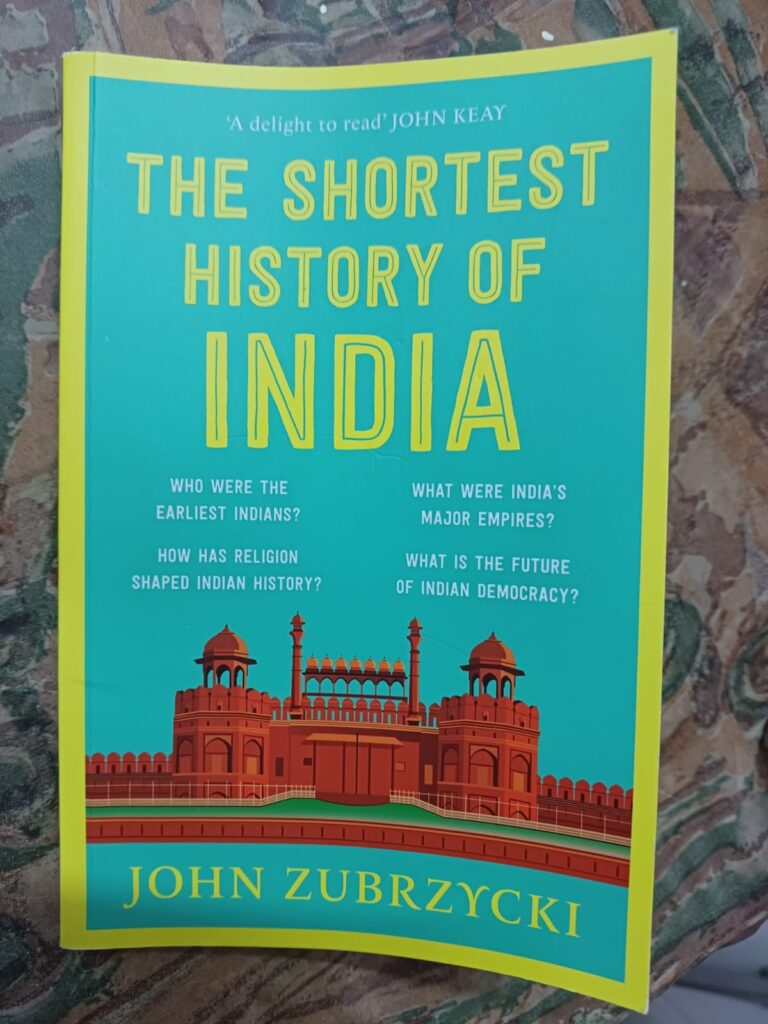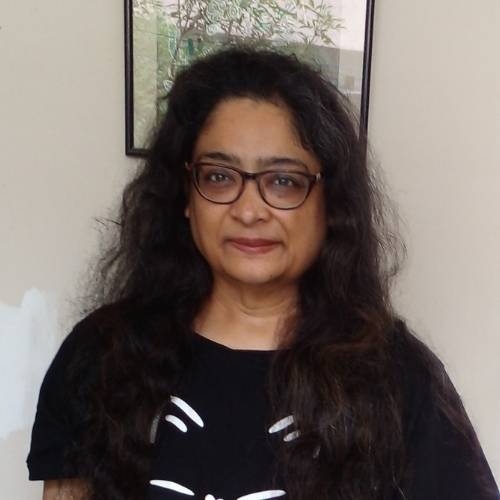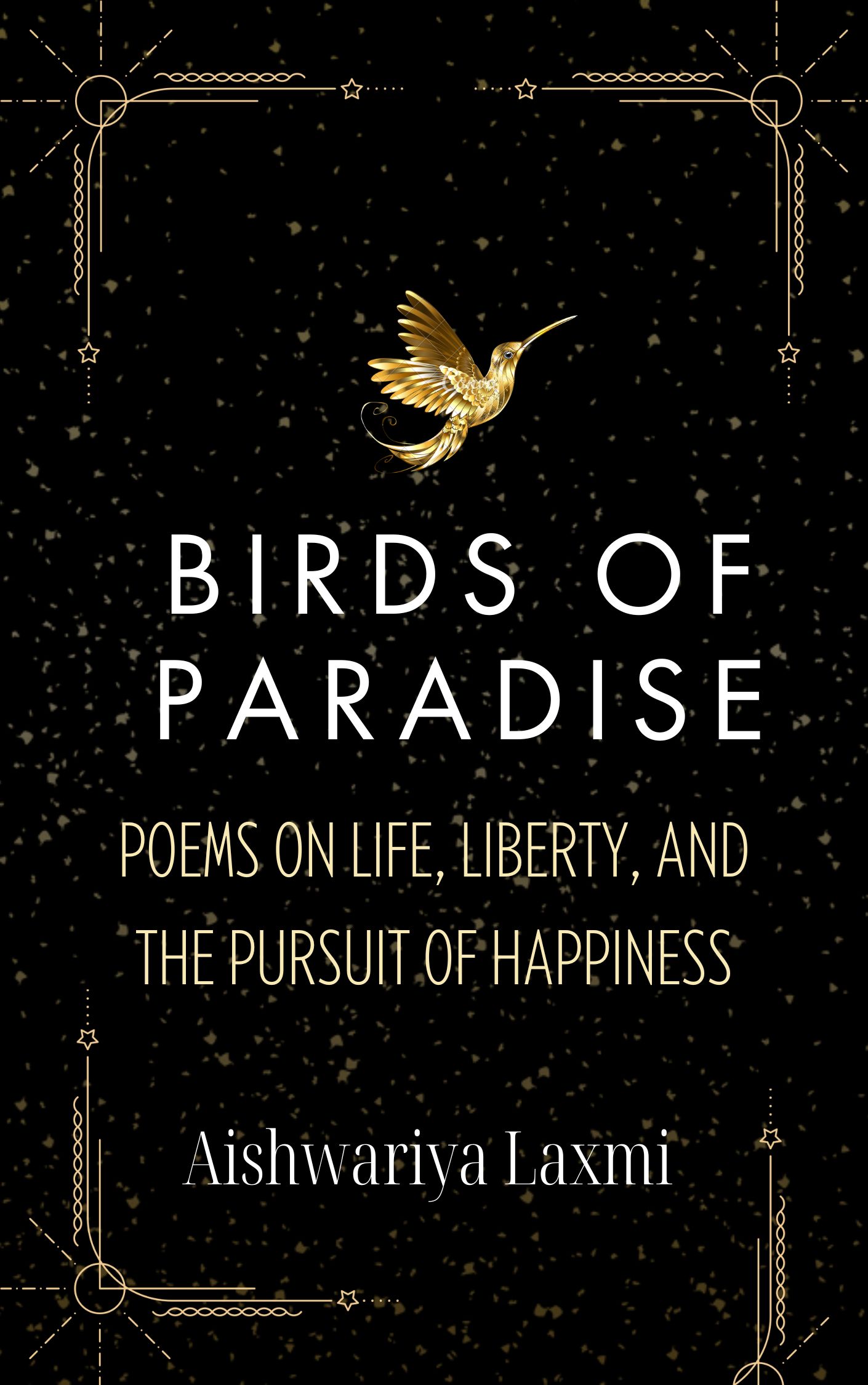Book Review by My Dad – K.S.Loganathan
Publisher – Pan MacMillan ( Thank you for the review copy)
The author, John Zubrzycki, is an Australian writer and political journalist. He has been an India watcher for 40 years. His book covers the period right from the Harappan Civilisation (Indus Valley Civilization) starting 3300 BCE to the present day in ten chapters.
Although little of India’s early history is definitive, Harappa is undoubtedly the largest ancient society with a degree of equality found nowhere else in the ancient world. Its links with Hinduism are evident in the artifacts. The prolonged drought, which affected all the Asian river-valley civilizations around 2200 BCE may have been responsible for its demise.
Despite its formidable geographical barriers, the Himalayas in the north and seas in the south, India’s borders have been porous, which allowed new cultures, agricultural practices, languages, and warfare methods to take root. Until 1818, when the British defeated the Mahrattas, the entire subcontinent did not come under a single sovereign, nor were there dynastic periods as in China. Numerous small kingdoms in the North, East, Deccan, and Southern peninsulas could not control any of the other regions for any length of time, although the Mauryan, Gupta, and Mughal empires held sway over large parts of the region.

Muslims came as raiders and became conquerors, establishing the Delhi Sultanate by 1206 CE. The Europeans came as traders, of which the British were the most successful, adding India as the ‘Jewel in the Crown’ in 1857. They achieved it through a web of alliances with warring states and contracts to collect taxes, restrictive laws, and practices in governance to ‘divide and rule’ the subjects, effectively weakening a prosperous country. By 1947, its agriculture and industry were in ruins; poverty and illness were rampant; and literacy and life expectancy were dismal.
When India made a transition from an empire to democracy with adult suffrage overnight, its survival as a nation-state in the face of internal divisions and external aggression was doubted by political analysts at the time. However, it has remained a liberal democracy, conducted elections regularly, and made impressive strides in poverty alleviation and development.
The events and personalities are succinctly described in a balanced fashion in the first nine chapters. However, the last chapter, dealing with the theme ‘What is the future of Indian democracy?’ and titled ‘A New India’ touches upon the rise of “majoritarianism” and the” loss” of state support to secularism, corruption, inequality, pollution, state “repression” in Kashmir, and its aspiration to become a global power amid clashes with China and Pakistan. This chapter is highly subjective and detracts from the objective treatment of history evidenced in the earlier chapters.
The lack of references and attribution of quotes puts the book under the journalism category rather than an academic tract. It may be of general interest to someone unacquainted with the subject.
For more information about my dad’s book, check this out – My Dad’s Book – Aishwariya’s LittLog (aishwariyalaxmi.com)











